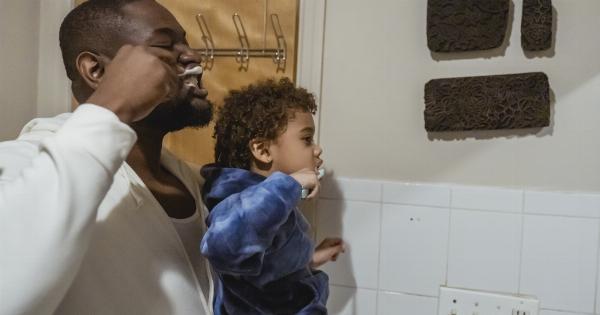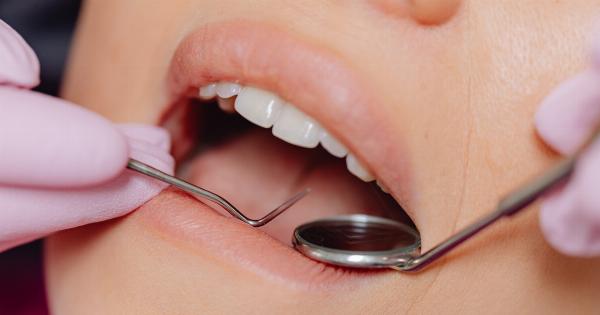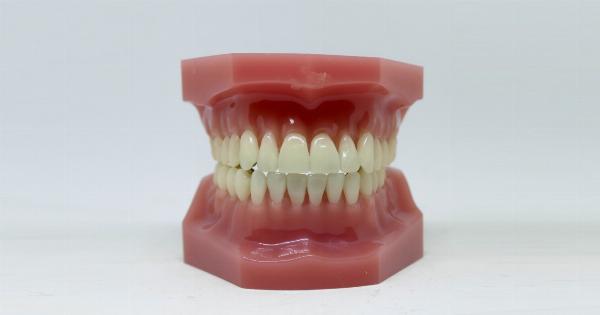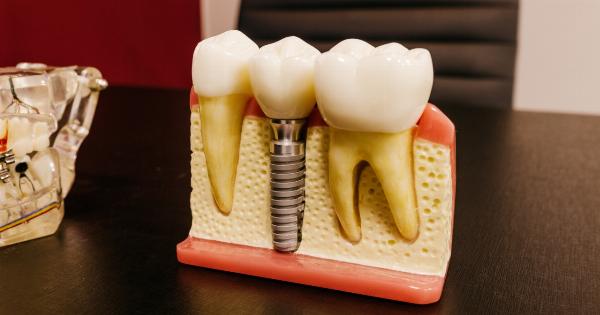Dental problems are common in children and can have a significant impact on their overall health and well-being. As a parent, it is important to be vigilant and proactive in detecting and addressing any dental issues your child may have.
In this article, we will discuss various signs and symptoms of dental problems in children and provide tips on how to detect and address them.
1. Toothache or Tooth Sensitivity
If your child complains of a toothache or experiences sensitivity to hot or cold foods, it may indicate a dental problem. Tooth decay or cavities are common causes of toothaches and sensitivity.
Pay attention to any discomfort your child expresses and consult a dentist if the pain persists.
2. Swollen or Bleeding Gums
Swollen or bleeding gums are often signs of gum disease or gingivitis. Check your child’s gums regularly for any signs of inflammation, redness, or bleeding.
This is especially important if your child has poor oral hygiene habits or braces, as these can increase the risk of gum problems.
3. Bad Breath
Persistent bad breath, also known as halitosis, can be a sign of poor oral hygiene, gum disease, or an underlying dental issue.
If your child’s breath consistently smells unpleasant despite good oral care, it may be necessary to investigate further and seek dental advice.
4. Discolored or Stained Teeth
If your child’s teeth appear discolored or stained, it could indicate tooth decay, enamel erosion, or other dental problems.
Keep an eye out for any changes in tooth color, such as yellow or brown spots, and consult a dentist for evaluation and appropriate treatment.
5. Difficulty Chewing or Eating
If your child experiences difficulty chewing, avoids certain foods, or complains of pain while eating, it may be a sign of dental issues such as cavities, tooth fractures, or misaligned teeth.
Observe your child during mealtimes and address any concerns promptly.
6. Crowded or Misaligned Teeth
Crowded or misaligned teeth can lead to various dental problems, including increased risk of cavities, gum disease, or bite issues. Check if your child’s teeth appear crooked, overcrowded, or if there is an obvious misalignment.
Early detection of these problems is crucial for appropriate orthodontic treatment.
7. Mouth Breathing
Children who habitually breathe through their mouths, rather than their noses, may have underlying dental issues such as an improperly developed jaw or misaligned teeth.
Notice if your child frequently breathes through their mouth, especially during sleep, and consult a dentist for evaluation.
8. Delayed Tooth Development
If your child’s teeth are not erupting or developing as expected, it could indicate a dental problem.
Delayed tooth eruption may be a sign of genetic or developmental issues, and it is important to consult a dentist or orthodontist for evaluation and appropriate intervention.
9. Over-Retained Baby Teeth
Baby teeth are meant to fall out naturally to make way for permanent teeth. If your child has baby teeth that are not falling out on time, it could cause problems with the eruption of permanent teeth.
Dentists may need to intervene to remove over-retained baby teeth and ensure proper eruption and alignment of permanent teeth.
10. Dental Anxiety or Fear
If your child consistently exhibits dental anxiety or fear, it may be a sign of a previous negative dental experience or an underlying dental issue. Avoiding dental visits due to fear can worsen existing dental problems.
Communicate with your child and consider finding a pediatric dentist who specializes in working with anxious children.





























